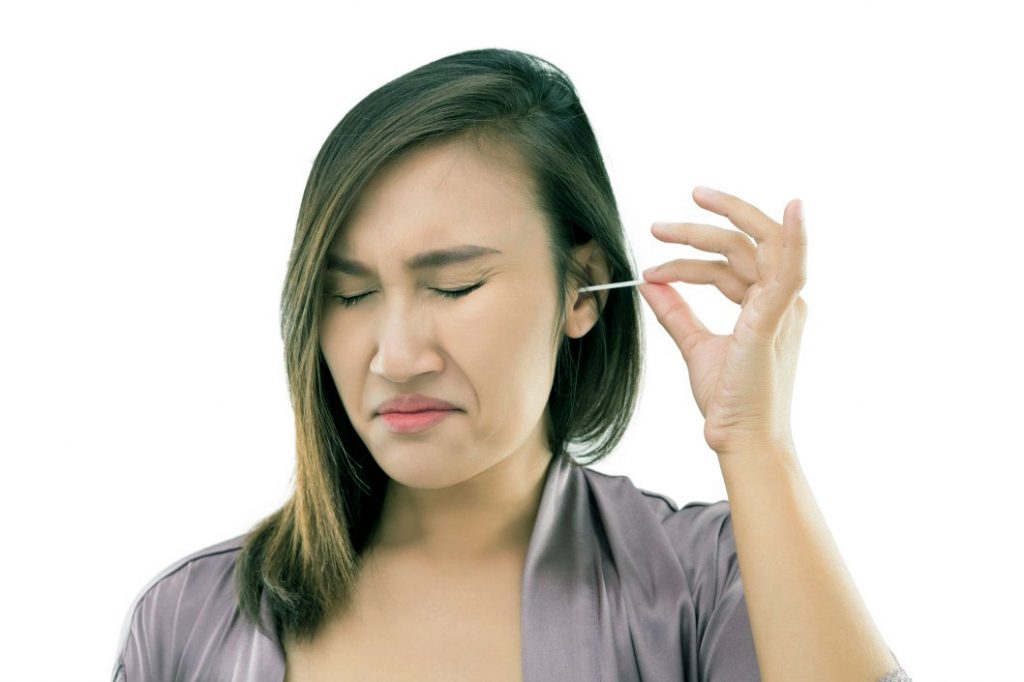
Earwax is usually not a popular subject with many people, but this waxy substance plays an important role. Also known as cerumen, earwax is produced by the sebaceous gland in the ear canal and helps lubricate, clean, and protect the lining of the ear canal. Earwax helps trap dirt, dust, and other debris from reaching the eardrum. As well as, helps prevent water, bacteria, fungi, and even insects from causing harm. But there are some things to know about cerumen, about earwax, that may help you appreciate this waxy aspect of your body, and may help you pinpoint when there is a problem. Reading more about these helpful earwax facts may even help you stay on top of your health.
Earwax Fact #1: What is Earwax Made Of?
Consisting of mainly shed layers of skin, earwax is 60% keratin and also composed of unsaturated and saturated long-chain fatty acids, squalene, alcohols, and cholesterol. Earwax contains roughly 6-9% of cholesterol and 12-20% of alcohol, squalene, and long-chain fatty acids.
Earwax Facts #2: The Colors of Earwax and What It Indicates
Knowing more about the colors of earwax can help you distinguish if your earwax is normal and healthy, or if it’s indicating a potential health problem.
Normal Earwax Colors
Off white to yellow: Fresh earwax.
Yellow to orange: Fresh earwax.
Darker orange: Sticky, flaky earwax, or older earwax that has picked up debris.
Orange to brown: Thick, sticky, or very old earwax.
Pale orange: Dry, old earwax.
Abnormal Earwax Colors
Yellow to green: Runny, pus discharge caused by an ear infection.
Green: Significant ear infection present. You might also notice a foul smell from the ear.
Gray: Dust or particle buildup in the ear.
Black: Impacted earwax.
Streaks of blood in wax: Indicates an injury in the ear canal. If wet and runny, it is an indicator of a ruptured eardrum.